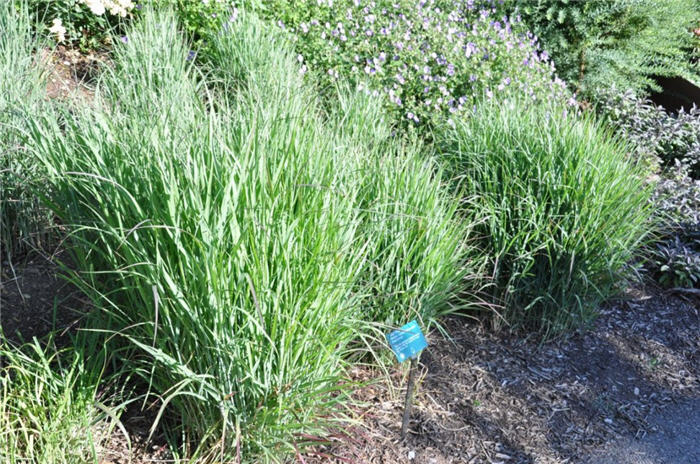| Botanical Name: Panicum virgatum 'Shenandoah' | |
| Common Name: Shenandoah Switchgrass |

-
Anatomy
-
Culture
-
Design
Plant Type
Perennial, Grass
Height Range
3-6'
Flower Color
Pink
Flower Season
Summer, Fall
Leaf Color
Blue Green, Red
Bark Color
n/a
Fruit Color
n/a
Fruit Season
n/a
Sun
Full
Water
Low
Growth Rate
Moderate
Soil Type
Sandy, Clay, Loam
Soil Condition
Average, Poor, Well-drained, Dry
Soil pH
Neutral, Basic
Adverse Factors
n/a
Design Styles
English Cottage, Formal, Japanese, Meadow, Mediterranean, Ranch, Spanish
Accenting Features
Fall Color, Showy Flowers, Specimen
Seasonal Interest
Winter, Summer, Fall
Location Uses
Entry, Perennial Border, Shrub Border, Foundation, Patio, Walls / Fences
Special Uses
Hedge, Screen, Mass Planting, Naturalizing, Small Spaces
Attracts Wildlife
Birds
Information by: Stephanie Duer
Photographer:
Photographer:
-
Description
-
Notes
This grass can easily be mistaken for Japanese Blood grass (Imperata cylindrica 'Rubra'), without all the bad habits. The leaf tips turn red soon after it starts to grow in the spring. In fall the foliage is a spectacular deep burgundy color. Shenandoah grows about 3 to 4 feet tall, to 5 feet while in flower, and about 2 to 3 feet wide. Flowers are tinged pink and bloom Aug thru Sept.
Panicums are Plains' natives, and they require full sun and well drained soils. Will grow in clay. Over-fertilizing or over-watering will cause the grass to flop. Cut back in late winter, see Guides. No serious pest or disease problems. Though clumping, it may slowly spread by rhizomes, but is not considered invasive. Deer and rabbit resistant.